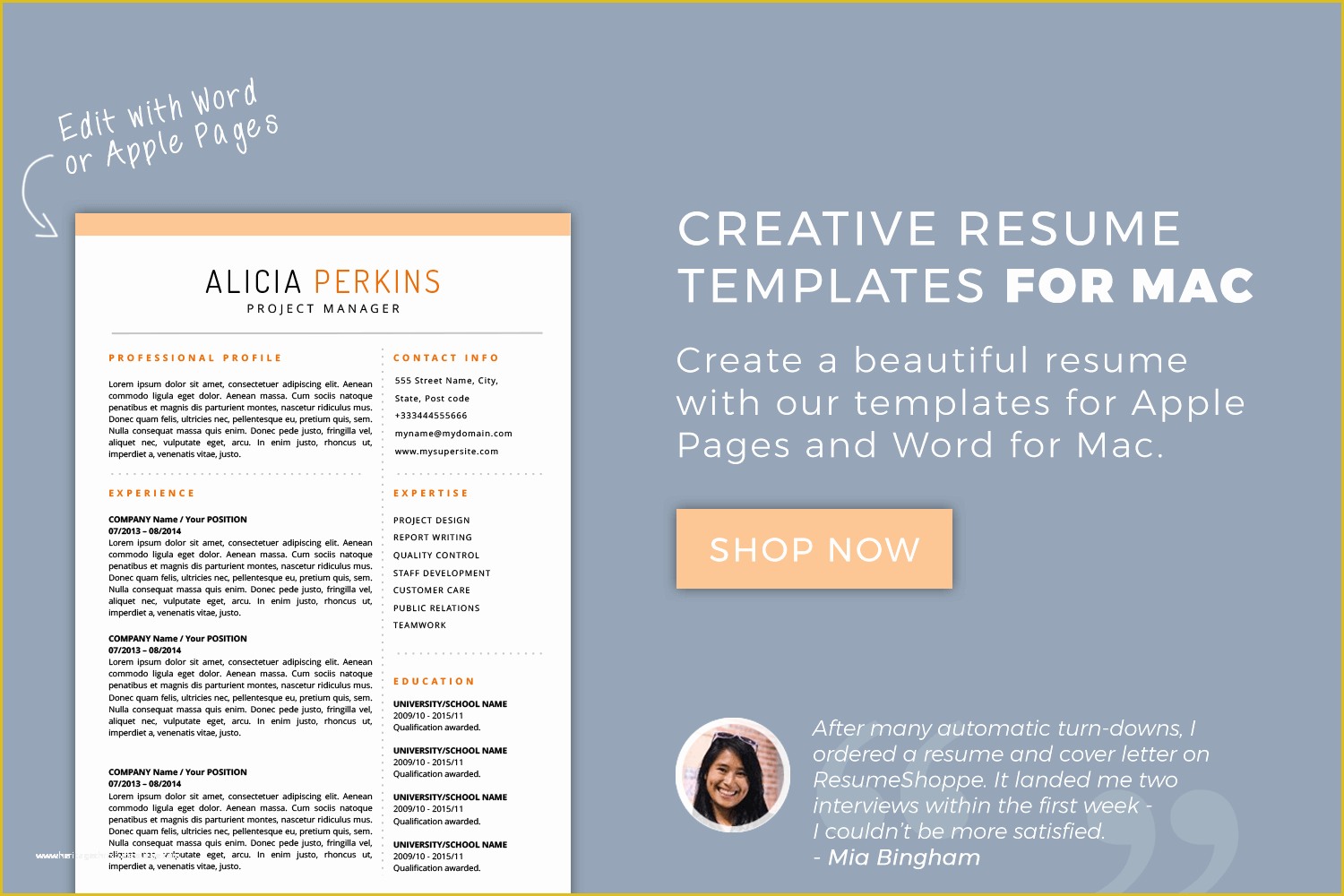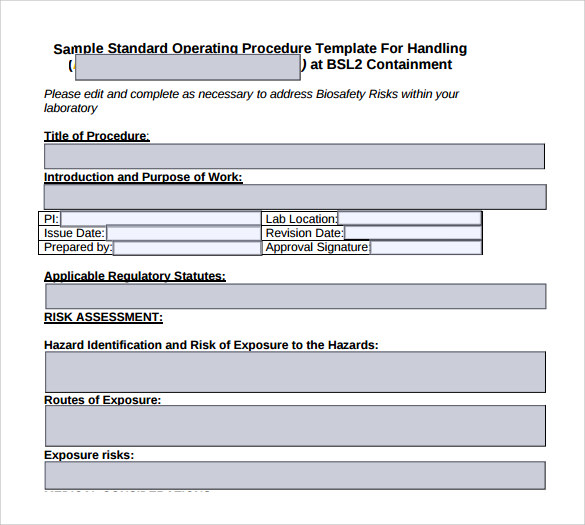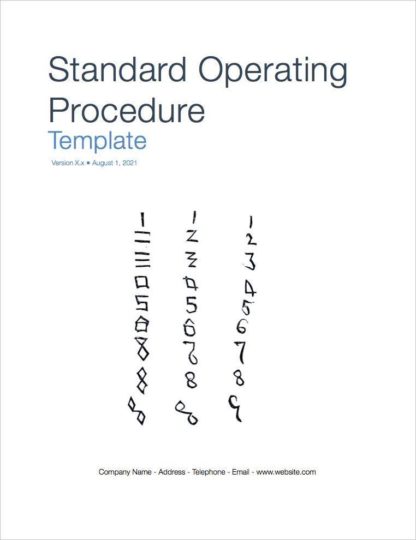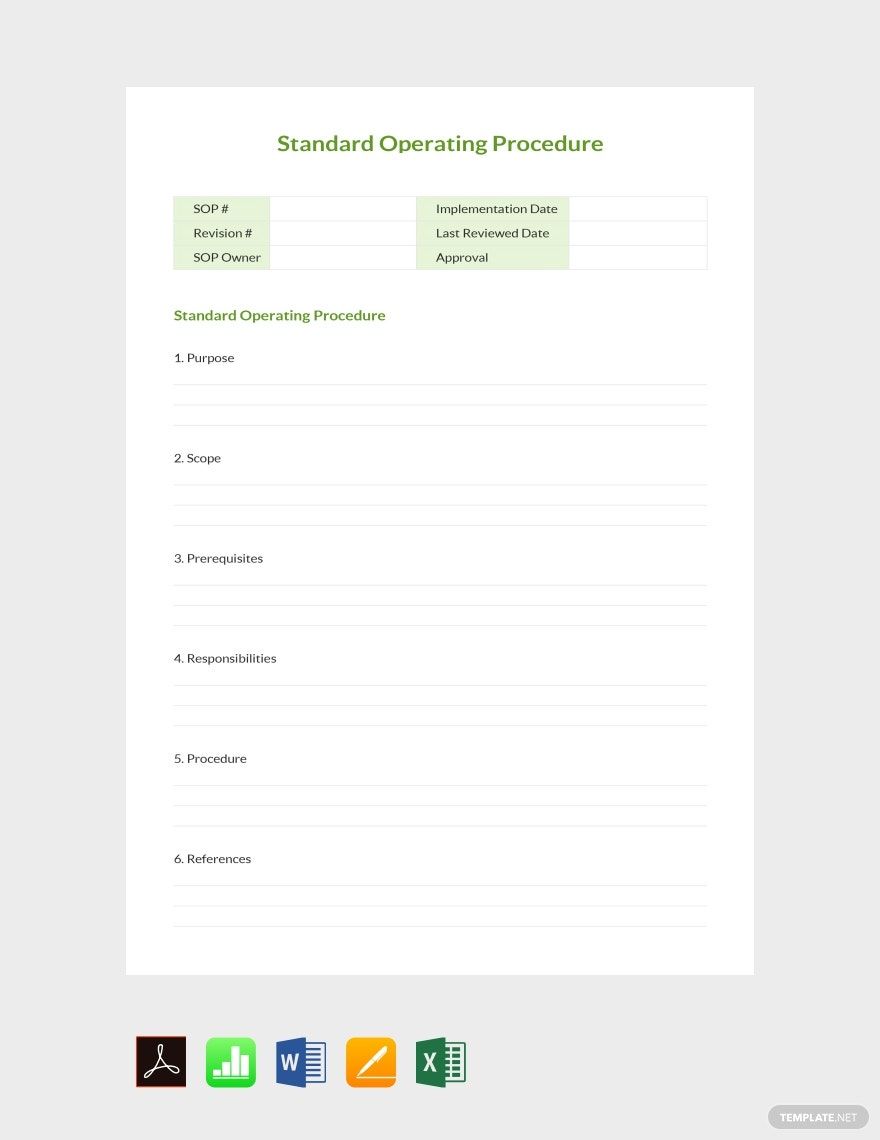
Since there will be several different types of documents filled out and used throughout the course of any business, there will also be a corresponding format for each of these documents. Next, all documentation must follow the correct formatting requirements. In order to create and update clear and concise documents for ISO 9001, credentials such as the date, time, title, author, and reference number should be indicated directly on the document. If the documentation is created in a manner that is vague or unreadable, it will have virtually no use to the company after it has been completed. Ideally, these records will be as detailed and specific as possible for monitoring purposes. The first and most important thing to keep in mind when creating and updating information for ISO 9001 is that all identifications and descriptions that are being recorded should be clearly defined.


Appropriate media should be maintained for each type of document.Appropriate formatting must be followed for each type of document.

Identifications and descriptions should be clearly defined (include credentials such as date, time, title, author, reference number, etc.).Creating and Updating Documented Information Requirements In the next section, we will be going over the general meaning of creating and updating documented information, as well as the main requirements in doing so. When documented information is created and updated, there are a few main points that must be considered and followed in order to be compliant with ISO 9001 guidelines. This requirement is comparable to the requirements from ISO 9001:2008 Clause 4.2.4 – Control of Records.

This requirement is comparable to the requirements from ISO 9001:2008 Clause 4.2.3 – Document Control Download these Marketing Plan Templates (40 page iWork Pages template and 10 Numbers spreadsheets) to summarize the Who, What, Where, When, and How questions of marketing and sales activities for the planning year.Our Documented Information Procedure is proven to work.


 0 kommentar(er)
0 kommentar(er)
